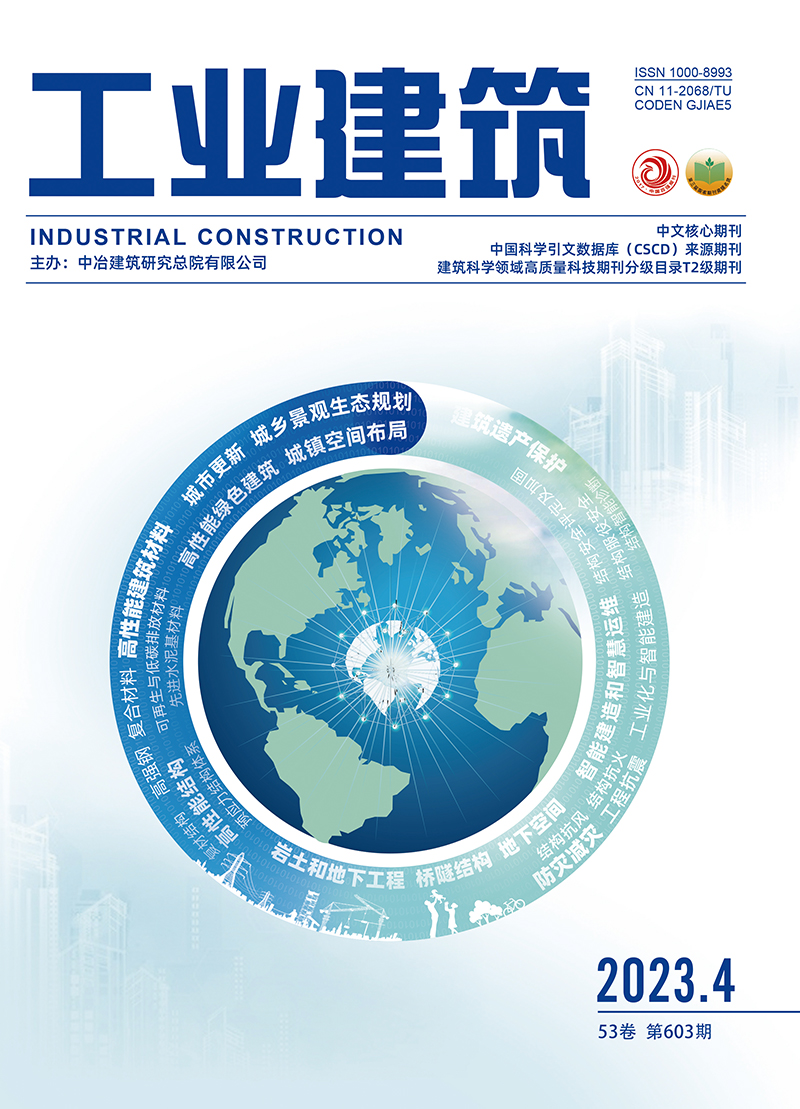| [1] |
龙迪勇. 空间问题的凸显与空间叙事学的兴起[J]. 上海师范大学学报(哲学社会科学版), 2008, 37(6):64-71.
|
| [2] |
陆邵明. 建筑叙事学的缘起[J]. 同济大学学报(社会科学版), 2012, 23(5):25-31.
|
| [3] |
LUND K. Landscapes and narratives:compositions and the walking body[J]. Landscape Research, 2012, 37(2):225-237.
|
| [4] |
(美)肯尼斯·富特. 灰色大地:美国灾难与灾害景观[M]. 唐勇, 译. 成都:四川大学出版社, 2016.
|
| [5] |
何镜堂, 郭卫宏, 郑少鹏, 等. 汶川大地震震中纪念地[J]. 城市环境设计, 2018(2):68-77.
|
| [6] |
何韶颖, 杨爽, 汤众. 传统信仰场所的空间叙事:以潮州古城为例[J]. 现代城市研究, 2016(8):17-23.
|
| [7] |
AZARYAHU M. Rabin's road:the politics of toponymic commemoration of Yitzhak rabin in Israel[J]. Political Geography, 2012, 31(2):73-82.
|
| [8] |
RYAN M, FOOTE K, AZARYAHU M. Narrating space/spatializing narrative:where narrative theory and geography meet[M]. Columbus:The Ohio State University Press, 2016:106-180.
|
| [9] |
ALDERMAN D H, DWYER O J. Memorials and monuments[J]. International Encyclopedia of Human Geography, 2009(7):51-58.
|
| [10] |
唐勇,王尧树,钟美玲,等.汶川地震纪念景观分类与空间分布研究[J].灾害学,2019,34(3):8-13.
|
| [11] |
阚兴龙, 李辉, 周永章. 汶川地震旅游资源开发研究[J]. 热带地理, 2008, 28(5):478-482.
|
| [12] |
刘明, 赵永涛, 于慧, 等. 汶川地震旅游资源的保护和利用[J]. 长江流域资源与环境, 2010, 19(9):1053-1057.
|
| [13] |
唐勇. 龙门山地震地质遗迹景观体系与旅游发展模式研究[M]. 成都:四川大学出版社, 2012:98-104.
|
| [14] |
曾秀梅, 谢小平, 陈园园. 青川东河口地震遗址公园景观与旅游解说系统的构建分析[J]. 云南地理环境研究, 2010, 22(6):76-79
, 95.
|
| [15] |
杨仕全, 孙勇, 杨鸿, 等. 东河口地震遗址公园植物景观改造对策[J]. 四川林业科技, 2015, 36(3):143-146.
|
| [16] |
徐梦珍, 王兆印, 漆力健. 汶川地震引发的次生灾害链[J]. 山地学报, 2012, 30(4):502-512.
|
| [17] |
段禹农, 刘丰果, 历华. 四川地震灾区环境景观成果研究[M]. 成都:四川大学出版社, 2016.
|
| [18] |
郑少鹏, 何镜堂, 郭卫宏. 隐、现中叙述记忆与希望:汶川大地震震中纪念馆创作思考[J]. 建筑学报, 2013(1):74-75.
|


 Login
Login Register
Register E-alert
E-alert







 DownLoad:
DownLoad: